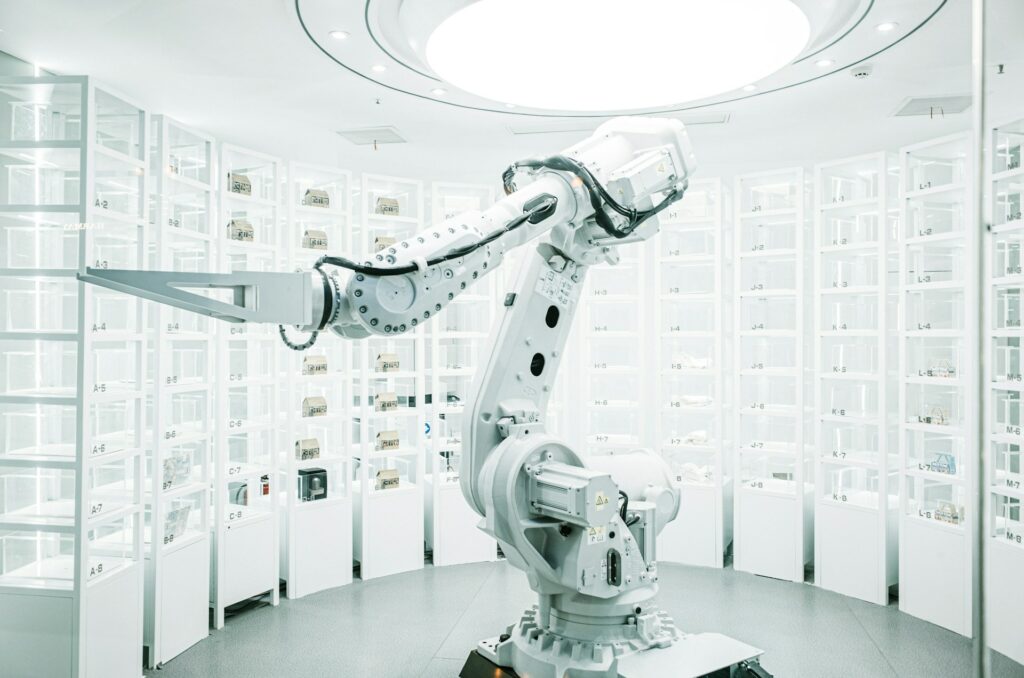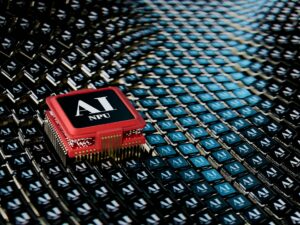What Function Does Robotics Play in Today’s Manufacturing Facilities?

What Function Does Robotics Play in Today’s Manufacturing Facilities?
The manufacturing sector has always been at the center of the progression of the industrial sector; nevertheless, the advent of robots has elevated it to an altogether new level. In the beginning, there were basic machines that performed repetitive operations. However, things have progressed to the point where there are now complex robotic systems that manage everything from quality control to precise assembly. Not only does the use of robots in contemporary manufacturing facilities contribute to increased efficiency, but it also contributes to increased innovation, safety, and scalability.
1. The development of robotics in the manufacturing industry
The first industrial robots were developed to do work that was fundamental and repetitive, such as welding and painting. The development of artificial intelligence, machine vision, and automation over the course of many decades has resulted in the transformation of robots into extremely flexible systems. These cutting-edge robots are able to adapt to a variety of processes, to acquire new skills, and to work alongside people in environments that need collaboration.
2. Enhancing Productivity and Efficiency in the Workplace
The capacity of robots to boost production speed while also preserving uniformity is one of the most significant achievements that it has made. Robots are able to work nonstop without experiencing weariness, which results in greater levels of productivity as compared to human labor alone. There is less downtime and less room for human mistake when automated systems are used, which results in a manufacturing process that is more dependable.
3. Improving the Quality of the Product
With the help of machine vision and sensors, robots are able to carry out comprehensive inspections at each and every step of the manufacturing process. In this way, faulty items are identified at an earlier stage, which helps to cut down on waste while also ensuring that quality requirements are maintained. When it comes to sectors like electronics, aerospace, and automotive, where even the tiniest defect may result in significant financial losses, precision robots are extremely important.
4. Improving the Safety of the Workplace
The surroundings in which manufacturing takes place may be dangerous, with dangers ranging from accidents involving heavy equipment to exposure to compounds that are poisonous. Robots are able to do hazardous operations like as welding, heavy lifting, and chemical handling, freeing up human workers to concentrate on more sophisticated and secure duties. Injury rates in the workplace are decreased as a result, and the whole atmosphere becomes safer.
5. The ascent of collaborative robots, often known as cobots
Collaborative robots, in contrast to standard industrial robots, which often function independently, are intended to work in tandem with human workers. When compared to traditional robots, cobots are more compact, versatile, and equipped with sensors that provide safe interactions. They are perfect for manufacturing facilities of different sizes, from small to medium, where flexibility is of the utmost importance.
6. Automation of the Supply Chain and Logistics using Robotics
Assembling lines are not the only use for robotics. Robotic arms and automated guided vehicles (AGVs) are two types of machinery that are used in contemporary manufacturing facilities to improve the efficiency of inventory management, material handling, and warehousing operations. Through the elimination of bottlenecks and the guarantee of just-in-time delivery of components, these systems have the ability to increase the efficiency of supply chains.
7. The reduction of expenses and the return on investment
Even though the initial cost of robotic systems might be rather costly, the advantages that they provide in the long run much surpass the cost. Robots provide considerable cost savings by lowering labor expenses, reducing the number of mistakes that occur, and reducing the amount of trash that is produced. Because of increased productivity and decreased operating expenses, manufacturers perceive an improvement in their return on investment throughout the course of business.
8. The Production Process Offering Customization and Flexibility
Personalization of goods and a reduction in turnaround times are two things that modern customers want. Robotics enables bulk customisation by rapidly adjusting to new product designs and variants. This technology makes mass customization feasible. Manufacturing is able to become more adaptable and sensitive to changes in the market as a result of the ability of advanced robotic systems to move between activities with minimum reprogramming.
9. The combination of Internet of Things with Artificial Intelligence
The use of artificial intelligence (AI) and the Internet of Things (IoT) is becoming more intertwined with robotics in contemporary manufacturing facilities. In order to improve production, detect equipment problems, and alter operations for optimal efficiency, robots that are powered by artificial intelligence are able to evaluate data in real time. IoT connection enables machines to interact with one another in a seamless manner, resulting in factories that are completely automated and intelligent.
10. The Prospects for Robotics in the Manufacturing Industry
In the future, robots will play an even more impactful role in the transformation of society. In the future, manufacturing facilities will continue to undergo transformations brought about by the integration of 3D printing, self-learning robots, and autonomous decision-making systems. As businesses work toward the development of “smart factories,” robots will become an essential component of innovation, sustainability, and global competitiveness.
The use of robotics in contemporary industrial facilities has a far wider scope than that of automation. As a result, it signifies a transition toward production environments that are more intelligent, safer, and adaptable. Rather from being only a tool, robotics is the future of manufacturing because it has the potential to improve quality and efficiency, as well as to drive innovation and ensure worker safety. When plants adopt these technologies in the present day, they are putting themselves in a position to achieve long-term success in a global market that is becoming more competitive.




